The University of Chicago Press, Chicago 60637
The University of Chicago Press, Ltd., London
2018 by The University of Chicago
All rights reserved. No part of this book may be used or reproduced in any manner whatsoever without written permission, except in the case of brief quotations in critical articles and reviews. For more information, contact the University of Chicago Press, 1427 E. 60th St., Chicago, IL 60637.
Published 2018
Printed in the United States of America
27 26 25 24 23 22 21 20 19 18 1 2 3 4 5
ISBN-13: 978-0-226-56830-0 (cloth)
ISBN-13: 978-0-226-56844-7 (paper)
ISBN-13: 978-0-226-56858-4 (e-book)
DOI: https://doi.org/10.7208/chicago/9780226568584.001.0001
Library of Congress Control Number: 2018936918

This paper meets the requirements of ANSI/NISO Z39.48-1992 (Permanence of Paper).
This book began from an attempt to make sense of the incongruous performance of Lena Horne in a midcentury middlebrow calypso musical as the island girl Savannah, the only stage role in her long and storied career. What was this icon of the civil rights movement, pioneer in black musical performance, and quintessence of elegance and sophistication doing in this kitschy piece of Broadway Caribbeana? The answers to this question brought up still deeper questions about race and mass culture that led me to performance traditions across the West Indies and North America, from the early nineteenth century through the twentieth, and over interrelated forms such as sound recordings, nightclub acts, film, television, literature, modern dance, and musical theater. Eventually I discerned the outlines of historical, formal, and philosophical conditions that made Hornes star turn at once a singular instance of creative integrity and representative of an entire stance toward performance in the Jim Crow era.
In pursuing those questions, this project received generous support from a National Endowment for the Humanities Fellowship, an American Council of Learned Societies Fellowship, and a New Frontiers in Creativity and Scholarship Grant from Indiana University. Also at IU, the Department of English, the Office of the Vice Provost for Research, and the Institute for Advanced Study all provided valuable assistance and encouragement. I wish to thank the guidance of research librarians at a number of archives, including the Schomburg Center for Research in Black Culture; the Billy Rose Theater Division and Jerome Robbins Dance Division at the New York Public Library for the Performing Arts; Yale Universitys Collection of Historical Sound Recordings; Columbia Universitys Center for Oral History Archives; the E. Y. Harburg Foundation; the Dance Theatre of Harlem; the Paley Center for Media; University of Southern Californias Hugh M. Hefner Moving Image Archive; the Archives Center at the National Museum of American History, Smithsonian Institution; and Indiana Universitys Archives of Traditional Music. I am particularly grateful to Ernie Harburg and Anthony Saidy for their assistance with archival materials and their permission to reproduce material related to Jamaica as well as Nick Markovich of the Harburg Foundation. All of the songs and most of the performances I describe in this book are available in various forms online and through music streaming services, and I hope that interested readers will seek them out.
Early portions of this book appeared in Theatre Journal, Social Text, and The Cine-Files: A Scholarly Journal of Cinema Studies. Although that material has been substantially revised, I am thankful to those journals for supporting this work. I benefited enormously from generous invitations to present parts of this research at various places, including New York University, Yale, Princeton, Washington University at Saint Louis, Northwestern, Cornell, DePaul, Stanford, Duke, and the University of Texas at Austin. I am indebted to those students and faculty for their comments.
This book was written primarily at Indiana University, and I offer my deepest gratitude to all of my colleagues there, especially the most recent English Department chairpersons, Patty Ingham and Paul Gutjahr, and friends Alberto Varon, Rae Greiner, Adrian Matejka, Steve Watt, Linda Charnes, and especially Judith Brown. With large amounts of patience and humor, Lisa LaPlante and Kate Elliott helped me to navigate grant applications, research leaves, licensing rights, and countless other institutional tasks. It has been a privilege to work again with Doug Mitchell, and I am grateful to him for keeping the beat as I imagined this project from first words to final manuscript. He is the finest of editors. Thank you also to Kyle Wagner and the entire production team at the University of Chicago Press, including Joel Score, Dawn Hall, Isaac Tobin, Levi Stahl, and Marilyn Bliss.
It was a deep honor to spend time discussing the calypso craze and black modern dance with Carmen de Lavallade. Throughout her life, she has been a fierce ambassador for beauty and the arts, and I can only hope that some trace of her grace and determination made its way into these pages. I offer my gratitude as well to her archivist, Lana Turner. Both of them welcomed me into worlds of memory and movement that changed the course of this research.
With characteristic foresight, Daphne Brooks provided both big-picture wisdom and discerning insight into archival details that pushed my thinking beyond itself. She is an inspiring reminder that, when done right, performance history and performance theory are the same thing. Soyica Colbert offered thoughtful feedback on the manuscript that helped me to see anew the performances and history I write about. It is my good fortune to have had the enduring support and seemingly infinite generosity of Joseph Roach, George Hutchinson, and Fred Moten; they have enriched this book, and me, in ways both big and small. Denise Cruz and Kevin Walter both helped me to say better the things I wanted to say here (and elsewhere). Josh Chambers-Letson has been a good friend over the course of this writing. Important encouragement at several key moments came from Sean Metzger, whose vote of confidence counts for a lot. This book is part of an ongoing conversation with Alexandra Vazquez that takes place on the phone, over dinner, on the page, and in my head. Defying physics, she somehow created additional hours in the day in order to read all these words, press me to go further, send me more music, show me the secrets of four-hand playing, and make everything smarter: I am deeply thankful to her. I continue to reach toward the example of my teacher and friend Jos Muoz. I am beyond grateful to have had so many smart people offer their thoughts on this book. Any missteps are my own.
Finally, I thank those who have provided me with the holding environment that made the writing of this book possible in the first place: John, Tara, Jason, Kevin; my mom (a hero) and dad; my sisters, Erin and Meghan; and my stepfather Jack. Scott Herring read everything, read it again, and listened to a lot of calypso musicand that really is the least of it. I thank him for having the right questions, the right answers, the right words, and the right stuff.



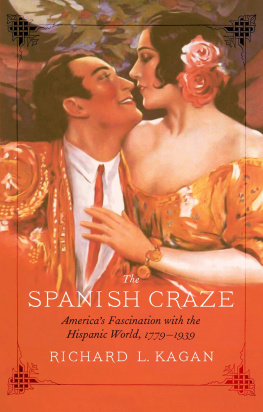
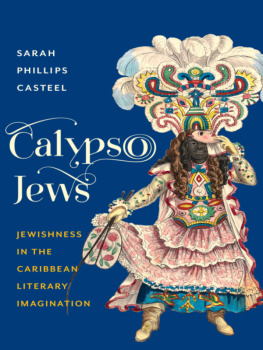
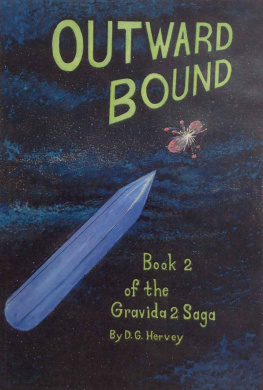
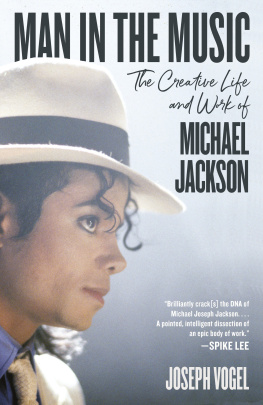


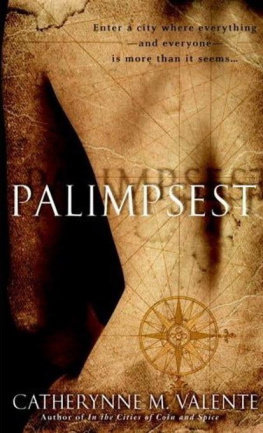
 This paper meets the requirements of ANSI/NISO Z39.48-1992 (Permanence of Paper).
This paper meets the requirements of ANSI/NISO Z39.48-1992 (Permanence of Paper).